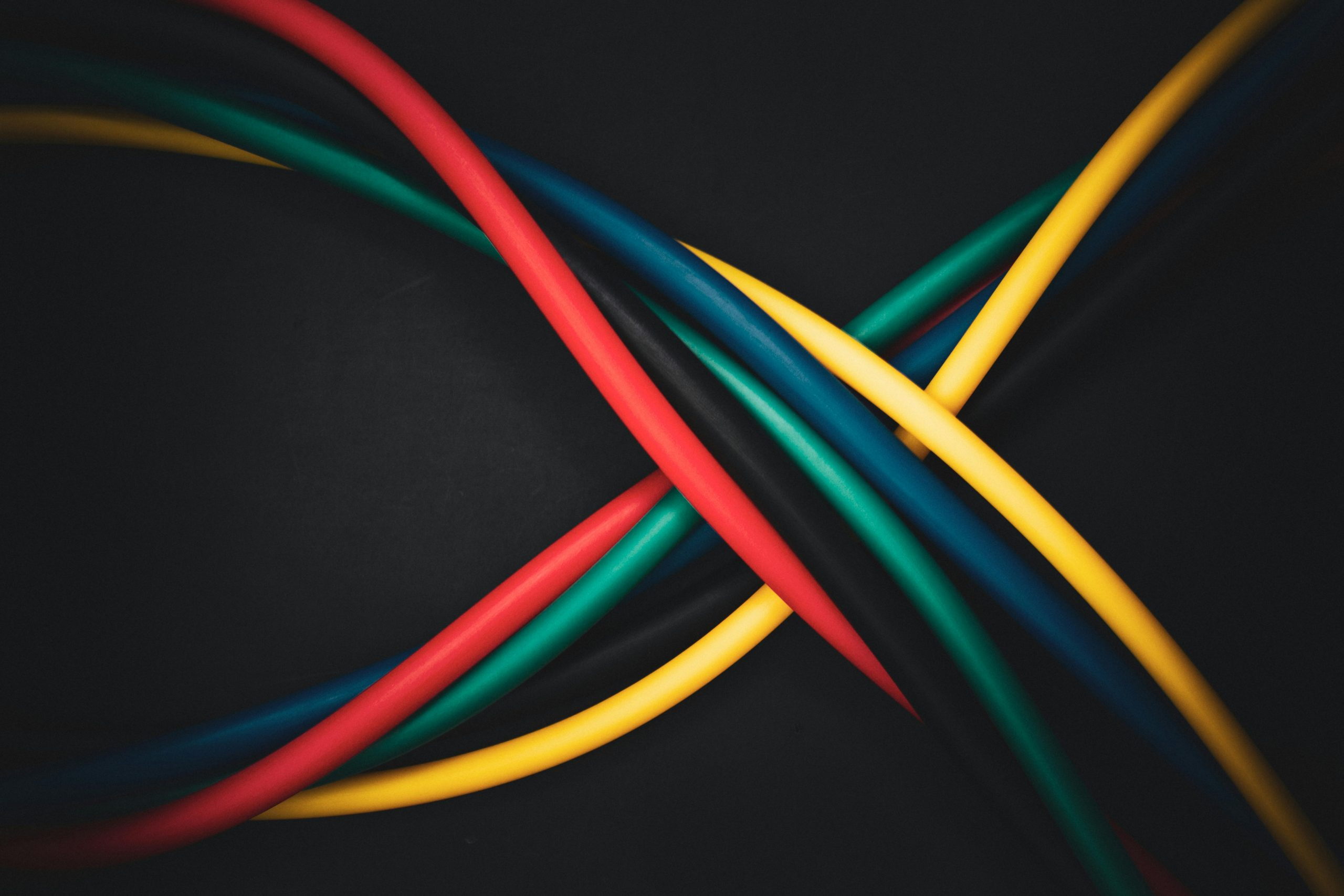The Unseen Power: Understanding Fiber Optic Internet Connections
Fiber optic internet connections have become increasingly popular in recent years, with more and more people opting for this type of internet service over traditional options. But what exactly is fiber optic internet? How does it work? And what are the benefits of using it? In this article, we will explore the unseen power behind fiber optic internet connections, and why it’s a game changer in the world of internet technology.
The Basics of Fiber Optic Internet
First, let’s cover the basics. Fiber optic internet is a type of high-speed internet connection that uses fiber optic cables instead of traditional copper cables to transmit data. These cables are made up of tiny strands of glass or plastic, each thinner than a human hair.
The data is transmitted through these cables via light signals that travel at incredibly high speeds, resulting in fast and reliable internet connections. This mode of transmission allows fiber optic internet to have much higher bandwidth than other types of connections, making it capable of handling large amounts of data at once.
How Fiber Optic Internet Works
The Core
At the core of every fiber optic cable is a strand of glass or plastic. This is where the magic happens. The data is transmitted in the form of light signals, which are carried through the core of the cable by bouncing off the walls of the glass or plastic strand.
The core is then surrounded by another layer, called the cladding. This layer helps to keep the light signals in the core and prevents them from escaping. Finally, the entire cable is encased in a protective outer layer, which ensures that the delicate fibers inside are not damaged.
The Transmitters and Receivers
In order for the data to be transmitted and received, fiber optic cables need specialized equipment at both ends. The first is the transmitter, which converts electrical signals from your device into light signals that are then sent through the fiber optic cable. At the other end, the receiver then converts the light signals back into electrical signals that your device can understand.
This process happens in a matter of milliseconds, resulting in incredibly fast and reliable internet speeds. And because the data is transmitted in the form of light signals rather than electrical signals, there is less interference and loss, making fiber optic internet connections much more stable and consistent.
The Benefits of Fiber Optic Internet
Lightning Fast Speeds
One of the most significant benefits of fiber optic internet is its speed. With download speeds of up to 1Gbps (gigabits per second), fiber optic internet connections are significantly faster than traditional cable or DSL connections, which can only reach a maximum of 100Mbps (megabits per second).
This means that with fiber optic internet, you can enjoy high-quality 4K streaming, online gaming, and other data-intensive activities without any lag or buffering.
Reliability and Consistency
Another advantage of fiber optic internet is its reliability. Because the data is transmitted via light signals and does not depend on electronic signals, there is less chance of interference or interruptions. This results in a more stable and consistent internet connection, even during peak usage hours.
Future Proof Technology
With the ever-increasing demand for high-speed internet, fiber optic technology is considered to be future-proof. As more and more devices become connected to the internet, the need for faster and more reliable connections will only continue to grow. Fiber optic internet is capable of meeting these demands and is expected to remain relevant and useful in the years to come.
In Conclusion
In today’s fast-paced world, having a reliable and speedy internet connection is essential. Fiber optic internet offers lightning-fast download and upload speeds, reliability, and future-proof technology. With these benefits, it’s no wonder that more and more people are choosing fiber optic internet connections over traditional options. So the next time you hear the term “fiber optics,” you’ll understand the unseen power behind it and why it’s revolutionizing the way we connect to the world wide web.











